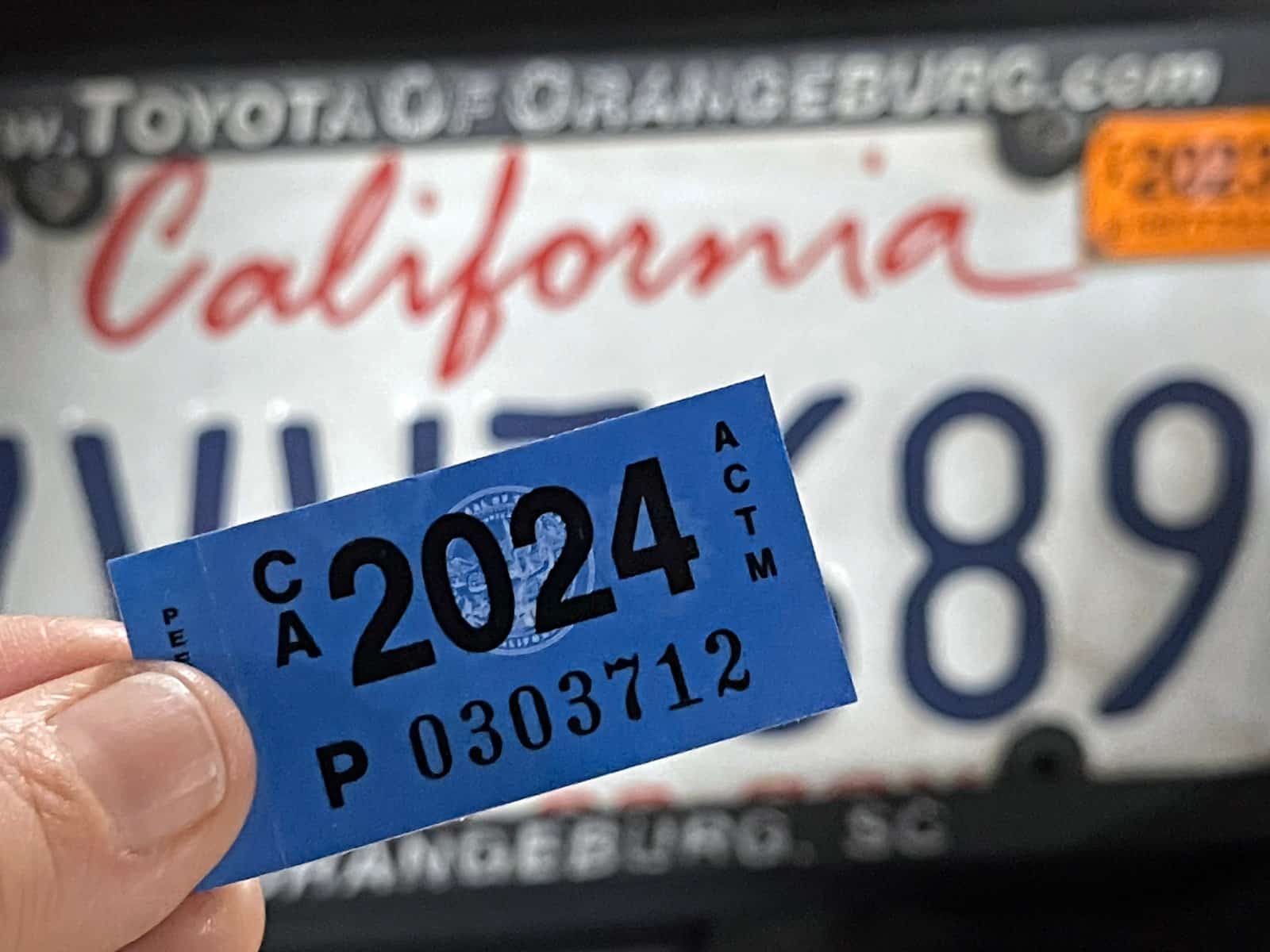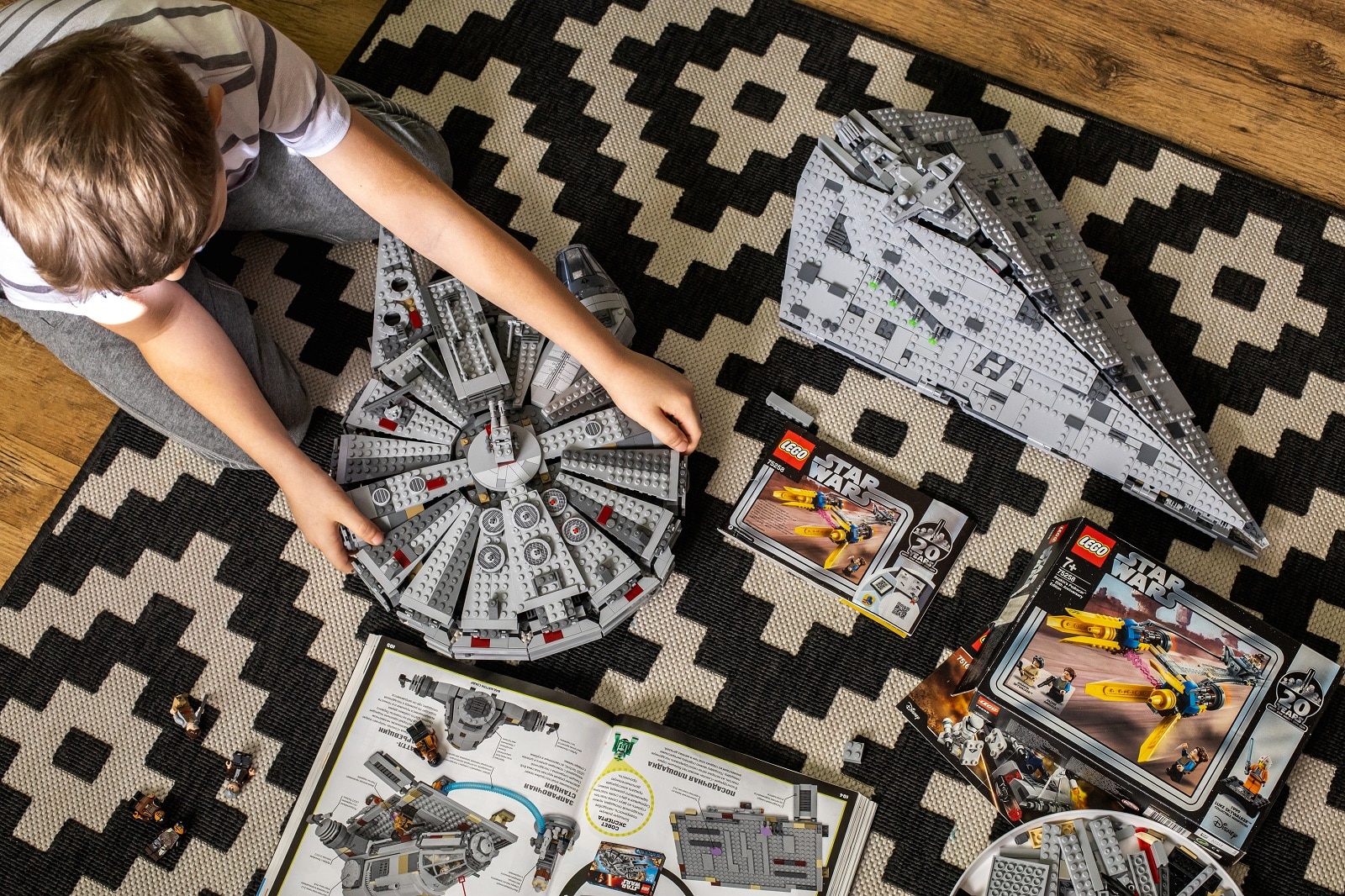Luxury brands aren’t just selling products; they’re selling a dream that often comes at a steep cost. Ever wonder how they make you open your wallet wider than you planned?
#1. Creating a Sense of Exclusivity

Luxury brands make you feel like you’re part of an elite group when you own their products, often using limited editions to lure you in.
#2. The High Price Equals High Quality Myth

They set sky-high prices, suggesting that the cost is a direct reflection of unparalleled quality, enticing you to pay more for the promise of the best.
#3. Celebrity Endorsements

Seeing celebrities flaunt these products creates a bridge between their glamorous life and yours, subtly nudging you to follow their expensive tastes.
#4. Scarcity Tactics

By claiming items are scarce, brands trigger your FOMO, making you buy quickly to avoid missing out on something seemingly rare.
#5. Luxurious Packaging

Unboxing a luxury item is an event in itself, with opulent packaging designed to make the product feel even more valuable.
#6. Plush Store Experiences

Walking into a luxury brand store is a sensory overload meant to overwhelm and impress, softening you up to spend more than you intended.
#7. Emphasizing Heritage and Craftsmanship

They often tout centuries-old heritage and meticulous craftsmanship to justify steep prices, even if modern production has cut actual costs.
#8. Personalization and Upselling

Offering customization makes the product feel uniquely yours, often leading you to spend extra for that personal touch.
#9. Positioning as Status Symbols

Luxury brands are often portrayed as symbols of success, pushing you to buy not just a product but a perceived social upgrade.
#10. Manipulative Advertising

Their ads craft a fantasy world that the product seems essential to enter, making you believe life is less without it.
#11. Artificial Scarcity

They manipulate stock to appear short in supply, creating a rush to buy what feels like the last chance items.
#12. Peer Influence

The desire to fit in with a certain crowd can lead you to buy luxury items simply to match your peers or influencers in your circle.
#13. Trendsetting Traps

Luxury brands dictate fashion trends, then capitalize on this influence by convincing you that staying trendy requires constant purchasing.
#14. Influencer Collusions

Influencers seamlessly weave these products into their lives, making it look normal to splurge on luxury daily.
#15. Promoting as Investments

Some brands claim their items appreciate in value over time, persuading you to see a purchase as a smart financial move rather than a splurge.
#16. Hidden Costs

The initial price is just the beginning; maintenance, repairs, and necessary accessories can significantly inflate the total cost of ownership.
#17. Color and Design Psychology

They use research-backed color schemes and designs known to draw and hold consumer attention, subtly guiding your preferences and purchases.
#18. Selling Stories

Every product has a story—about its origin, materials, or creators—crafted to make you feel that the high price is not just for the item but for its unique tale.
#19. Loyalty Rewards

Through loyalty programs, they create a cycle of spending where your ‘rewards’ often lead to buying more to unlock further benefits.
#20. High-Profile Collaborations

Collaborating with other prestigious brands or artists creates buzz and a new wave of must-haves, even if the collaboration doesn’t improve the product’s utility.
Choose Wisely, Spend Wisely

Being aware of these tactics can help you step back and evaluate whether a luxury purchase truly adds value or is simply a result of sophisticated marketing. Remember, true luxury is being in control of your choices and your wallet.
23 Steep Taxes Adding to California Residents’ Burden

California: a place of sunshine, innovation, and, unfortunately, some of the nation’s highest taxes. From LA’s beaches to Silicon Valley’s tech hubs, residents grapple with a maze of state taxes. Here’s a glance at 23 taxes that might surprise both Californians and outsiders. 23 Steep Taxes Adding to California Residents’ Burden
Cash in on Nostalgia: 21 Toys Now Worth a Fortune

Time to dust off the boxes and find that once-cherished toy from your childhood. For collectors and enthusiasts, these items have become valued objects, and they can be worth big bucks – are there any of these in your attic? Cash in on Nostalgia: 21 Toys Now Worth a Fortune
Millennials Don’t Buy These 19 Products Anymore

Millennials are changing consumer habits, quietly replacing once-staple products and traditions. Often criticized for their disruptive preferences, this generation is reshaping the marketplace with digital expertise, ethical buying, and a taste for the unconventional. Millennials Don’t Buy These 19 Products Anymore
Featured Image Credit: Shutterstock / Dmytro Zinkevych.
The content of this article is for informational purposes only and does not constitute or replace professional financial advice.
For transparency, this content was partly developed with AI assistance and carefully curated by an experienced editor to be informative and ensure accuracy.
